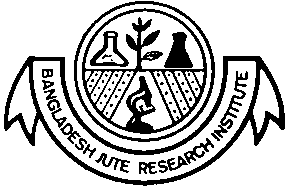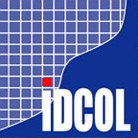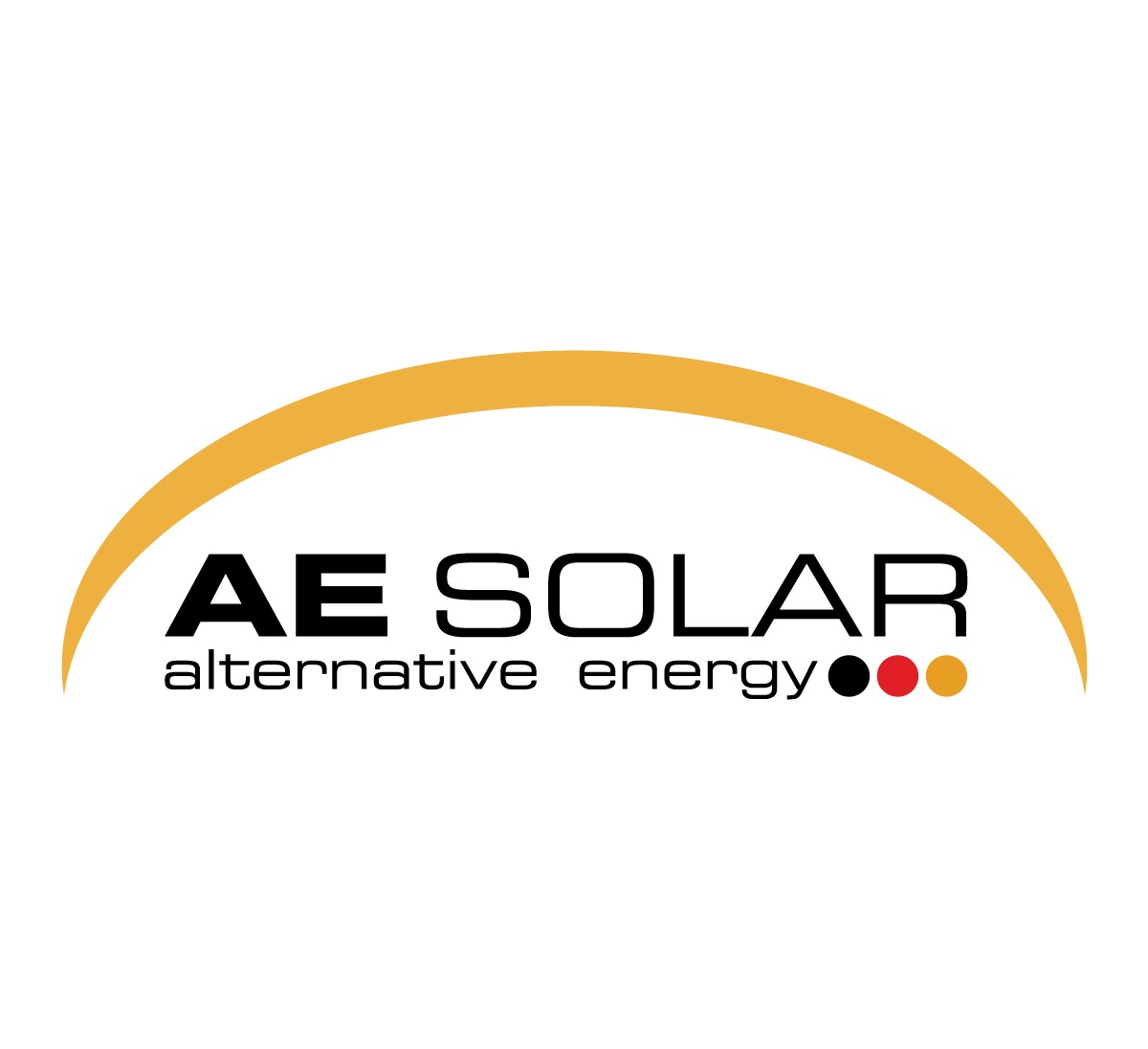Solar Calculator
Our Clients








About Green Energy
/
Hydro
Hydro
Hydropower is the largest source of renewable energy. This renewable source of energy provides 10% of the nation’s electricity. As of now, there are 77,000 Megawatts of hydropower, enough to provide 35 million homes with energy. Converting flowing water into usable energy produces hydropower. Most of this water comes from rivers and is released through turbines to produce energy. Although this power source does not release pollution, it can possibly harm fish and wildlife, displace people, and alter the quality of water. Better technology is trying to reduce the loss of aquatic life, but the problem with this technology is that it is highly expensive and takes a long time to build.
Types of Hydropower:
- Impoundment An impoundment facility, typically a large hydropower system, uses a dam to store river water in a reservoir. The water may be released either to meet changing electricity needs or to maintain a constant reservoir level.
- Diversion A diversion facility channels a portion of a river through a canal or penstock. It may not require the use of a dam.
- Pumped Storage When, the demand for electricity is low, a pumped storage facility stores energy by pumping water from a lower reservoir to an upper reservoir. During periods of high electrical demand, the water is released back to the lower reservoir to generate electricity.
Working Principle:
Hydroelectric power plants produce electricity in a similar way to coal-fired power plants, using a propeller-like piece called a turbine. The water from the dam goes through an intake gate, and the pressure generated from going the reservoir to the penstock spins the turbine blades, which in turn will turn a metal shaft in an electric generator, to produce electricity.
Thus, electricity can then be generated for free once the dam is built. Also, since the sun evaporates water from the seas and lakes and falls as rain in the mountain, the dam can be kept supplied with water, as long as the reservoir is made big enough for the electricity demand.
Implementation in Bangladesh:
Micro Hydro Power Plants can be installed in the north-eastern hilly regions and in the existing irrigation canal system with sufficient head. Currently there is a Micro Hydro Power Plant with a 50 kW generator at Barkal area of Rangamati district implemented by the Bangladesh Power Development Board. A larger hydroelectric plant was built in the Kaptai region using the Karnaphuli river during the 1960s, and was Bangladesh's only hydroelectric power plant for a long time. It is capable of producing a total of 230 MW of electricity.
